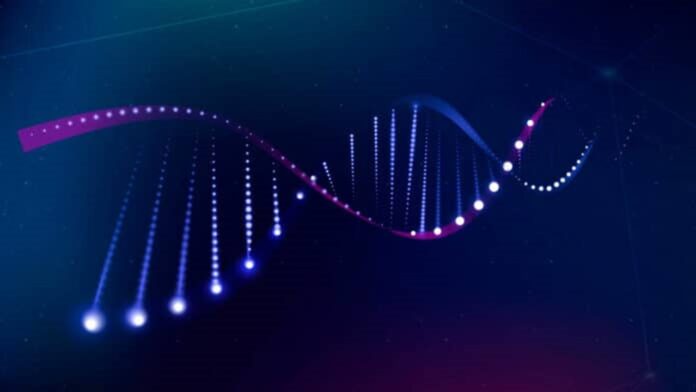Genes in our DNA provide instructions to make proteins for our body to function correctly. These instructions are carried by messenger RNA (mRNA) to the cell’s protein-making machinery. But before mRNA becomes mature, it goes through a process called splicing. This process removes unnecessary parts called introns. Mistakes during splicing can lead to diseases.
In a recent study published in Nature, a research team led by Anna Marie Pyle from Yale University explored how splicing works. They focused on an ancient version of the spliceosome, a big group of proteins and RNA that removes unnecessary parts from mRNA.
Ling Xu said, “Every gene contains introns that must be removed in a conserved process carried out by the spliceosome. And we found that organisms from bacteria share these mechanisms with humans.”
In a recent article in Nature, the authors explain the detailed steps in the biochemical and structural changes that remove unnecessary parts from mRNA.
Tianshuo Liu, a graduate student at Yale, highlights that these steps are highly regulated, and the introductory chemistry of splicing has stayed the same from ancient times to now. Any mistakes during splicing can lead to diseases, as Kevin Chung, another graduate student in the study, mentioned.
Incorrect splicing of mRNA has been linked to diseases like Parkinson’s and spinal muscular atrophy, affecting the nervous and muscular systems.
Yale scientists’ exploration of the biochemical and structural intricacies of RNA splicing provides valuable insights into the fundamental processes that ensure accurate protein production within cells. The study contributes to our understanding of the ancient origins of splicing mechanisms. It underscores their continued significance in contemporary cellular biology.
Journal reference:
- Xu, L., Liu, T., Chung, K. et al. Structural insights into intron catalysis and dynamics during splicing. Nature. DOI: 10.1038/s41586-023-06746-6.
